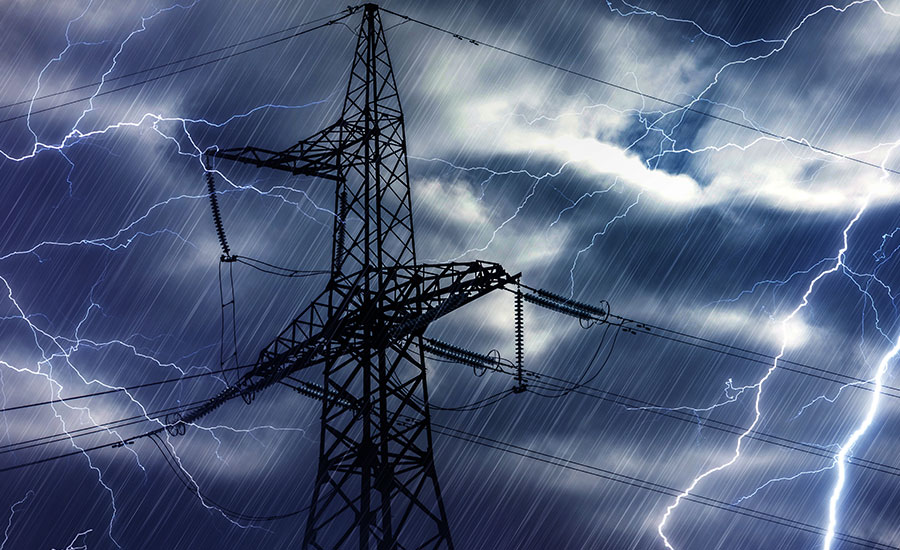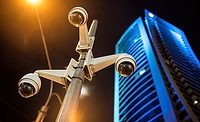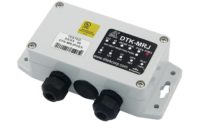Moving to the network has provided users with many benefits in regard to their security systems. Faster communication between devices, integration and optimized operation can all be achieved with networked systems. However, with networking comes new dangers, including new risks to your devices from power surges. Power surges come in many sizes, and from a variety of sources. They can damage and/or destroy your video surveillance, fire and access control systems, along with any other device on the network.
When people consider what events put them at risk for damaging surges, they typically think of the possibility that lightning will hit their building first. This makes sense, as there are 25 million cloud-to-ground lightning strikes per year. A sudden, severe surge from a lightning strike can cause almost immediate and devastating failure of important security equipment, and can even cause fires. However, in reality, surges are far more likely to come from other sources and are often internally generated. According to the Insurance Institute for Business and Home Safety, lightning strikes account for just two percent of all surge-related damage. That means that 98 percent of the damage is done by the hundreds of smaller power surges that are mostly unnoticed every day.
Internally generated surges can come from a variety of sources. For example, any commercial office building with significant paper output is certain to have printers and copiers on site performing a variety of office functions. Often these are large devices performing several tasks at once, consuming and putting out a lot of electrical power. In doing so, they can be a significant cause of inductive load switching – a term that describes internally generated surges. Each time your printer fires up to print, it may be sending the small surge it creates through the electrical grid of your building, putting other sensitive electronics, like cameras and computers, at risk.
In fact, your security system may already be taking the brunt of these inductive load surges and be suffering wear and tear that could lead to a problem down the line. The damage may be undetectable as it occurs – it won’t blow a device off the wall – but it will slowly chip away at the lifespan of sensitive electronics, leaving them more likely to fail, sooner and without warning.
Should your security equipment suddenly fail due to damage from inductive load switching, it will create unexpected issues for your business. You may not have the resources to replace an expensive device so soon after installation. There may be downtime on your system, leaving you vulnerable to security issues and liability, or require shutting down entire areas of your business while you replace components of your security system to remain in compliance with certain codes. Even worse, damage on a security system that is networked can be sent further down the network to other parts of the electrical system, causing issues on other devices and systems.
With adequate surge protection on all of your security devices, they will be protected not only from lightning strikes, but also from inductive load switching. This will keep small surges from wearing down the device – instead, wearing down the much less expensive and easier to replace surge protection device. If and when the surge protection device sacrifices, it can be replaced much more quickly and easily than your security systems.
Inductive load switching can damage important security devices right under your nose, leaving you and your organization at risk. Sudden failure can cause serious problems and can be expensive to fix, so it makes good sense to take preventive measures to mitigate inductive load surge damage. Deploying surge protection on all electronic equipment will help to keep your systems running – not only after lightning strikes, but also during everyday operations.



